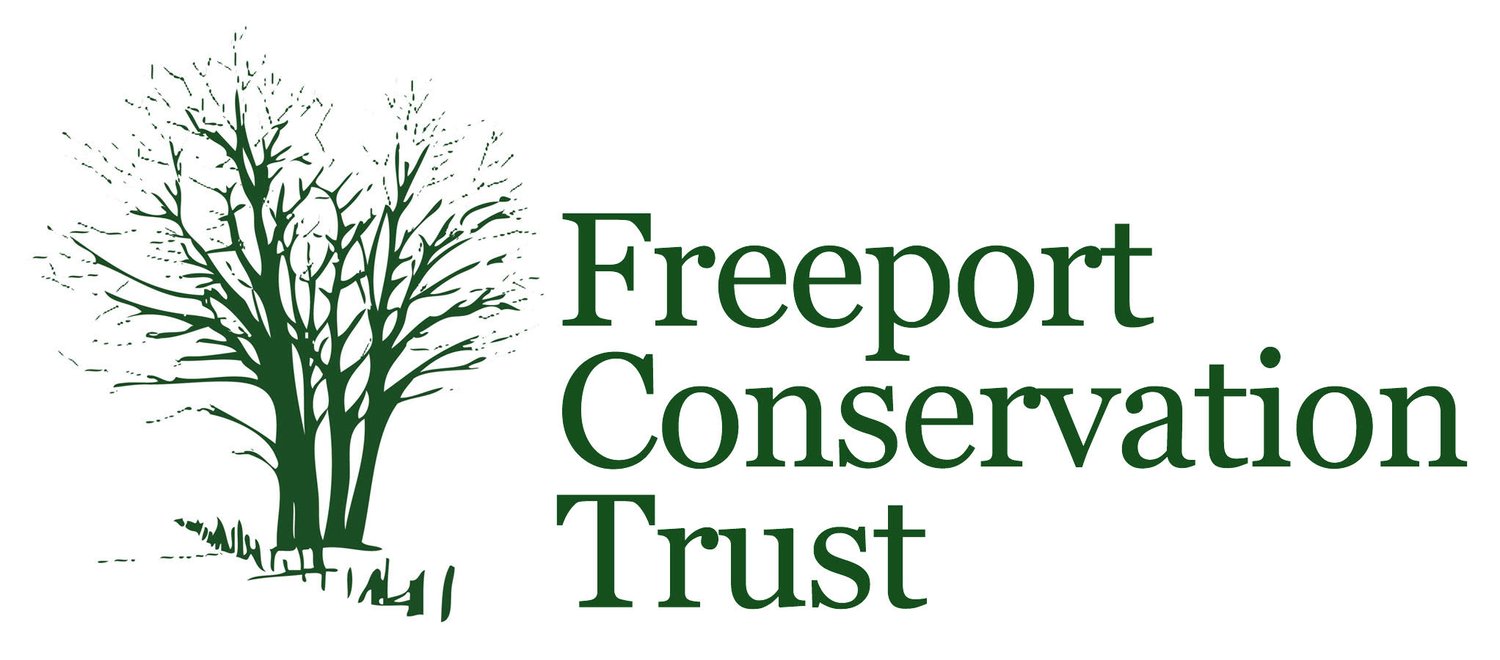
Habitat
What are vernal pools? And where are they?
Vernal Pools are seasonal water bodies that depend upon precipitation, runoff, and rising groundwater to occur. They are generally wet during the spring months and then dry out for the fall months. Vernal Pools are important for several amphibian and invertebrate species, as several species have completely adapted to the wet/dry cycle a vernal pool provides.
These small ponds serve as unique essential habitat for over 500 species of New England amphibians and invertebrates. Female wood frogs deposit close to 1,000 eggs in a spherical mass in vernal pools. The eggs provide a food source for many species of Maine wildlife including mammals, birds, reptiles, and other amphibians.
Freeport’s Streams: Valuable Habitat for Sea-run Brook Trout
Surveys by anglers and state fisheries biologists in 2015-2017 revealed surprisingly robust populations of brook trout in two Freeport streams: Frost Gully Brook and Mill Stream, which flow into the Harraseeket River. The fish were found in freshwater and tidewater, making them “salter” brook trout.
Salters spawn in freshwater and migrate in varying degrees; some make it to the ocean, others never leave their home stream. The diversity of their behavior, which is unique and has only recently been recognized helps them to be resilient to changes in their environment.
Invasive Plant Workshop presented by FCT Volunteer Amanda Devine.
University of Massachusetts research on the Cousins River/Marsh system with Dr. Jon Woodruff


